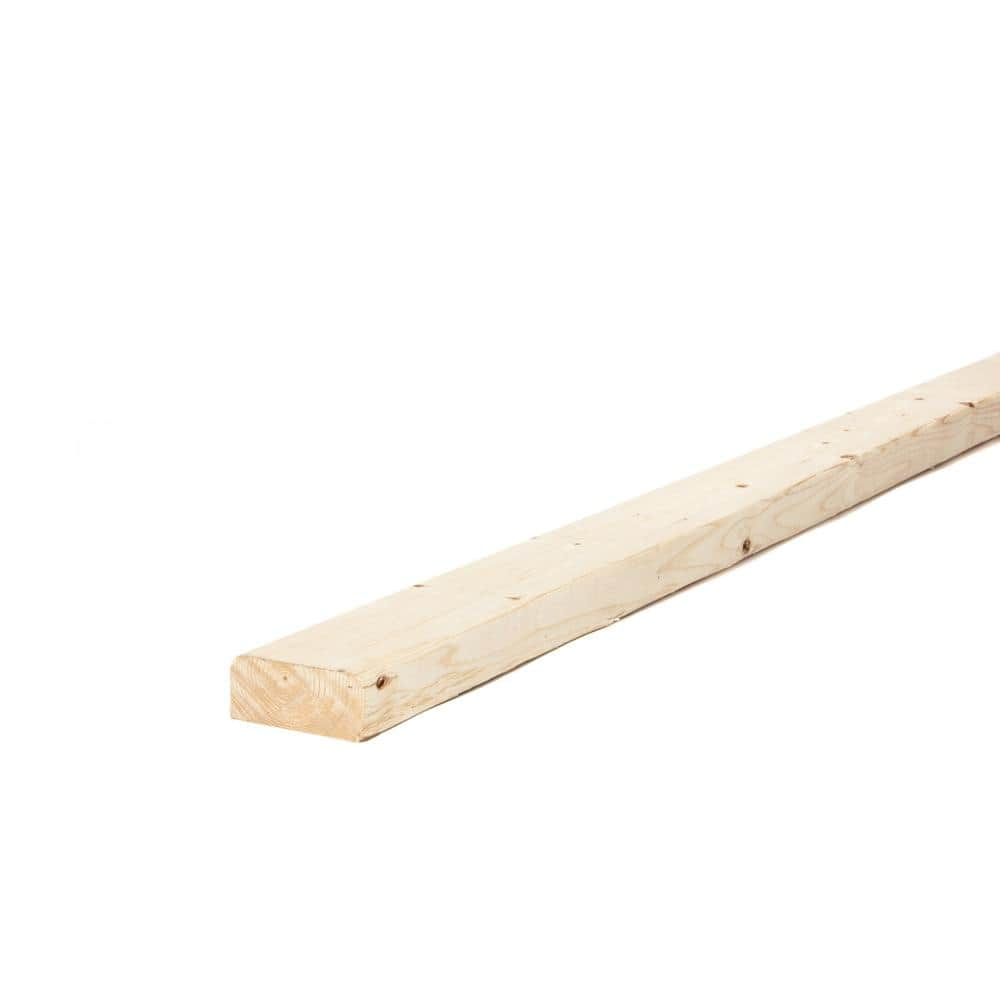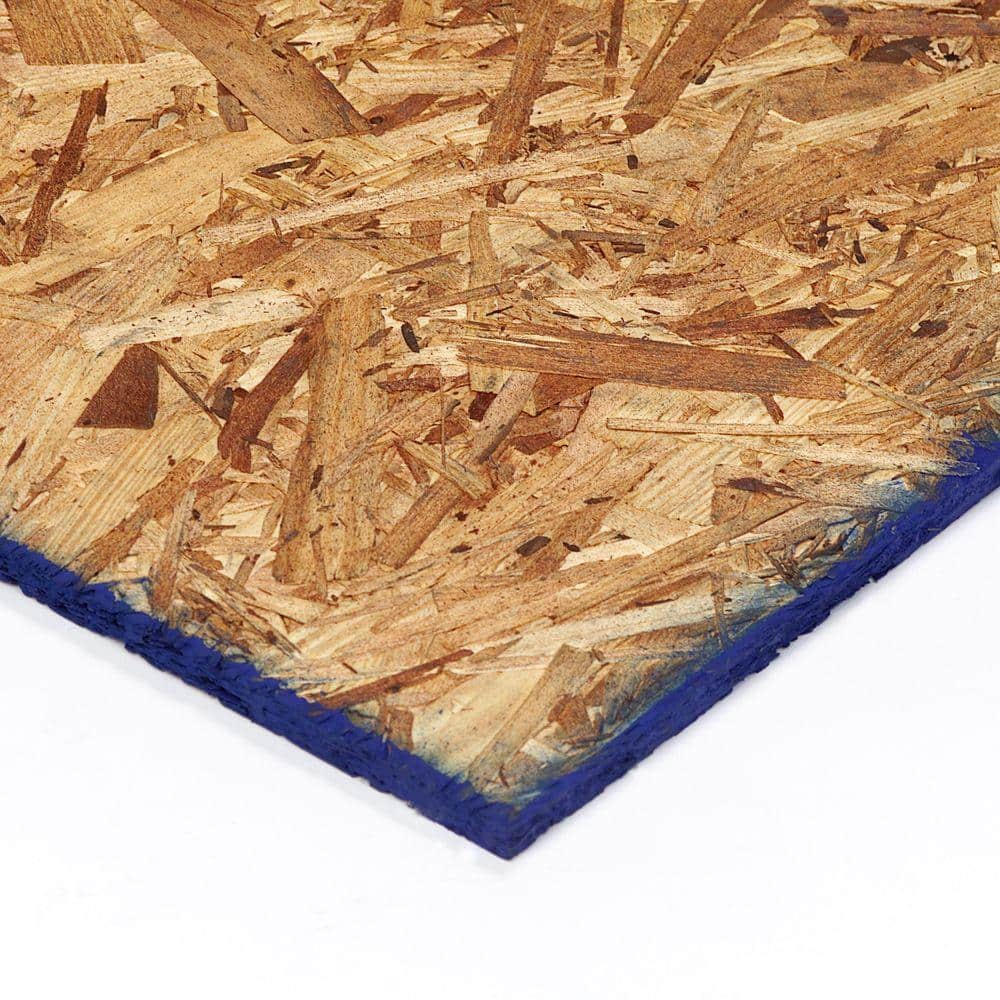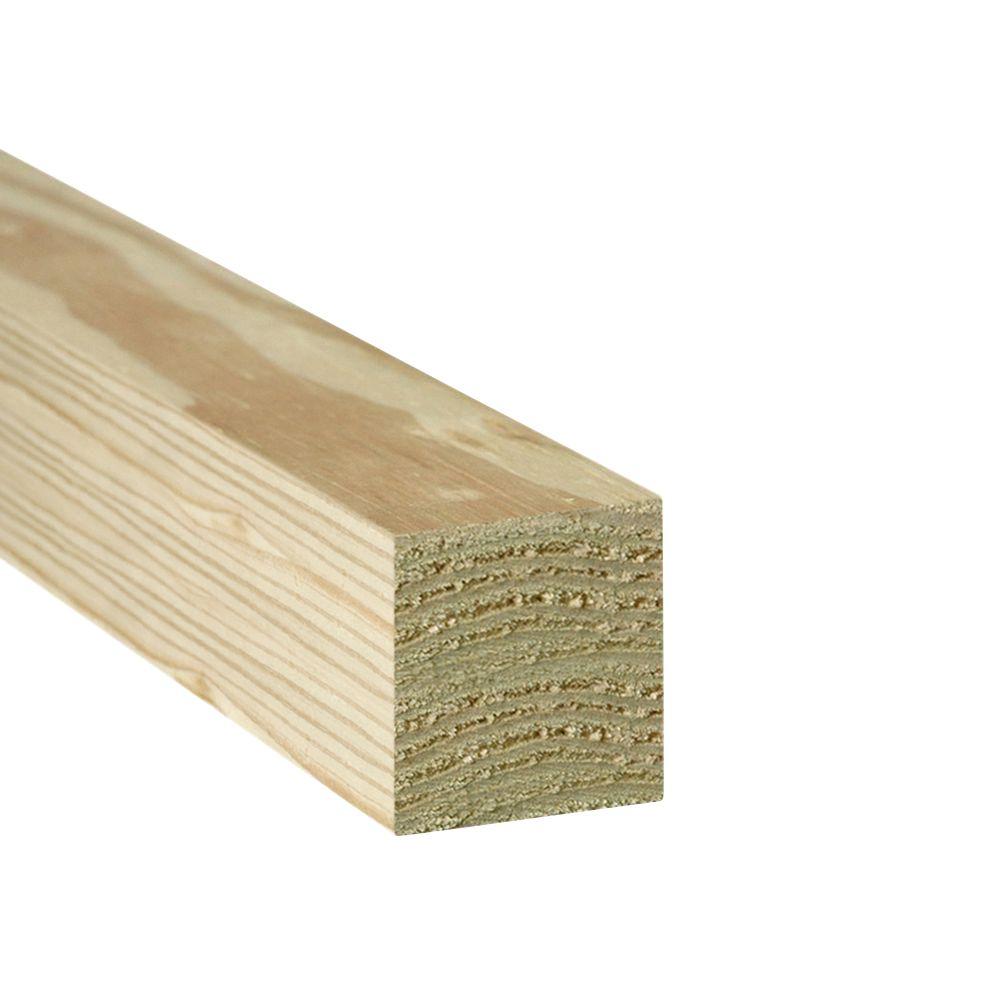Unbranded 2 in. x 4 in. x 10 ft. Standard and Better Kiln-Dried Heat Treated Spruce-Pine-Fir Lumber
Meets the highest grading standards for strength and appearance. Ideal for a range of structural or nonstructural applications. For interior or exterior use – can be painted, sealed, or stained.
Every piece of 2 in. x 6 in. x 10 ft. Kiln-Dried Heat Treated Dimensional Lumber meets the highest grading standards for strength and appearance. This high quality lumber is ideal for a wide range of structural and nonstructural applications including framing of houses, barns, sheds, and commercial construction. Perfect for projects that require structural dimensional lumber that meets building codes. It can also be used for furniture and hobbies, and comes in a variety of widths and lengths. As long as lumber is properly primed and painted or sealed and stained it can be used in exterior applications.
- Each piece of this lumber meets the highest quality grading standards for strength and appearance
- Lumber can be primed and painted or sealed and stained.
- For interior or exterior use
- Common: 2 in. x 4 in. x 10 ft.; Actual: 1.5 in. x 3.5 in. x 120 in.
- Untreated Premium Grade
- Note: product may vary by store
Additional information
| Actual Product Length (ft.) | 10 ft |
|---|---|
| Actual Product Thickness (in.) | 1.5 |
| Actual Product Width (in.) | 3.5 |
| Nominal Product H x W (In.) | 2 x 4 |
| Nominal Product Length (ft.) | 10 ft |
| Nominal Product Thickness (in.) | 2 |
| Nominal Product Width (in.) | 4 |
| Manufacturer Warranty | See store for details |






by Miguel
Great quality. I would buy this product again from Home Depot
by David
First load of 30 boards was great all nice boards and straight but second load had many warped and unusable boards mixed in.
by Mike
Some wood was not straight.